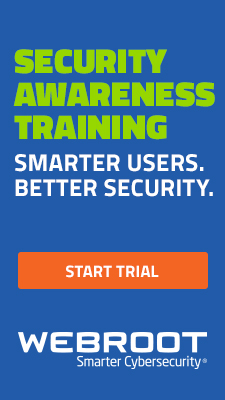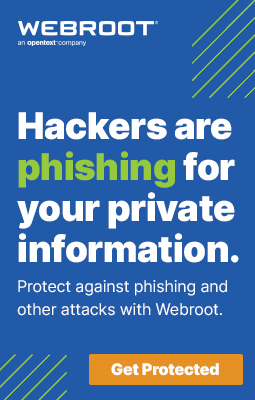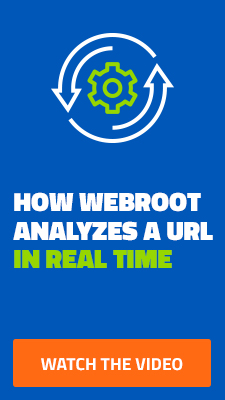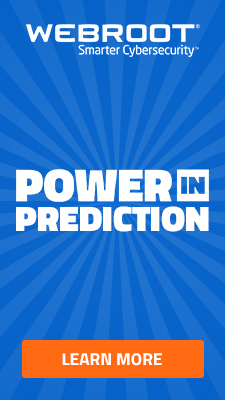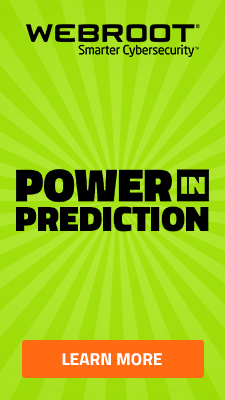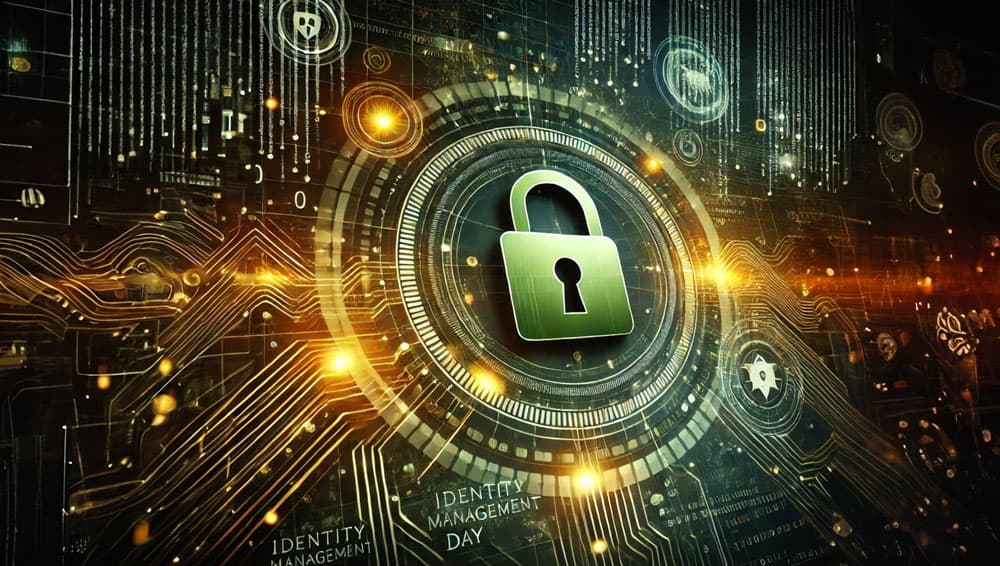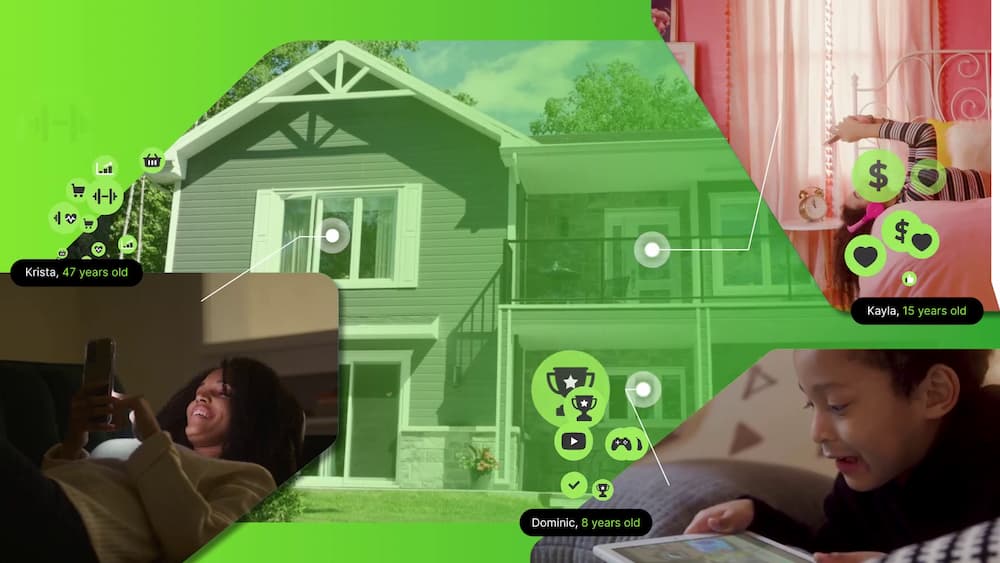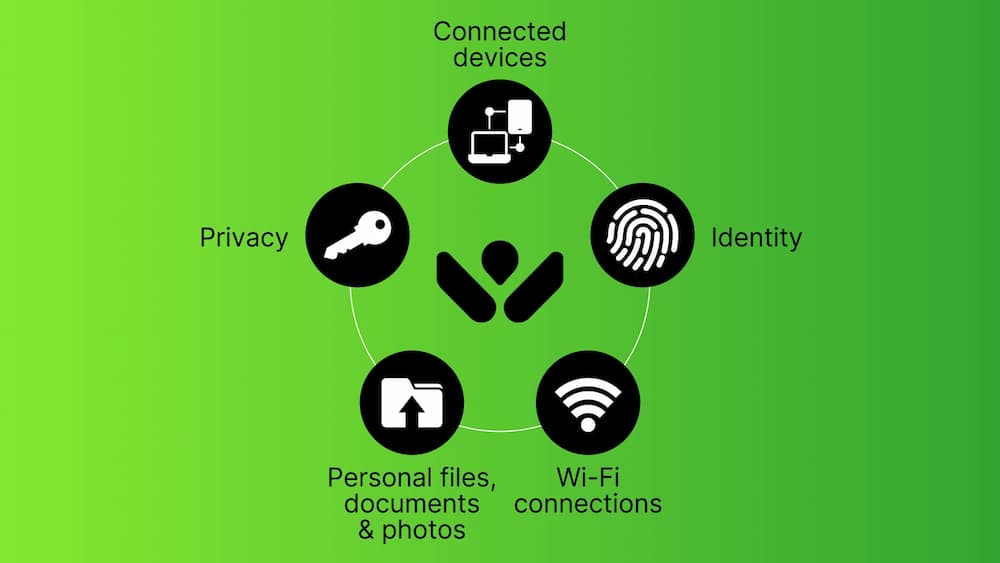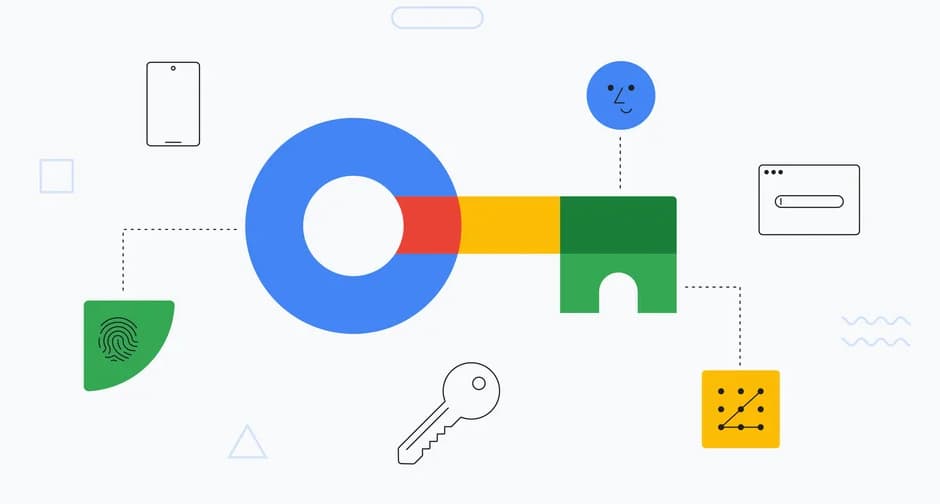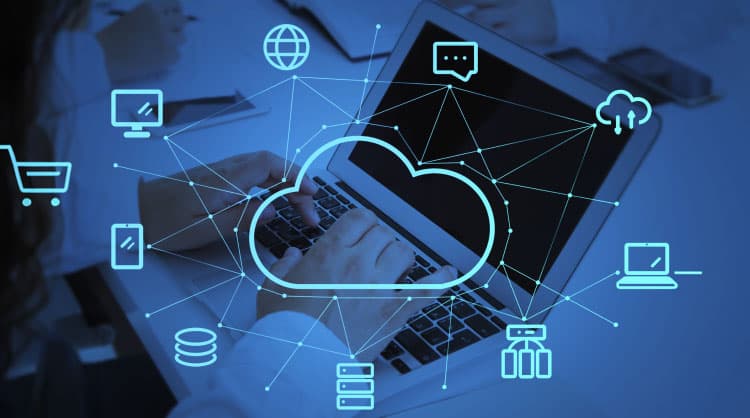For most of us, tax season is all about finding documents, filling out forms, and crossing your fingers you’re getting a refund. But while you’re busy trying to get your returns filed on time, tax scammers and identity thieves are busy trying to steal your precious personal information.
During tax season, a vast amount of valuable personal and financial data is shared online, making it prime time for cybercriminals to rob you of your confidential information, identity, and money. According to the IRS, almost 300,000 cases of identity theft were reported in 2024, leading to $5.5 billion in tax fraud. That’s why each year, the IRS releases its list of Dirty Dozen Tax Scams. Here are some of the top schemes you need to watch out for this tax season.
Common tax scams to watch out for in 2025
- IRS Impersonation: The most common type of tax fraud starts with a phone call, text or email. The fraudster claims to be from the IRS and says you owe back taxes. They demand immediate payment, using threats of arrest, business or driver’s license suspension, or deportation. These scams often target vulnerable people, such as the elderly or immigrants, and take advantage of the fear and uncertainty many people have about tax returns. It’s easy to avoid these scams by remembering this important tip – the first time the IRS contacts you, it will be by U.S. mail only, never by phone, text or email!
- Phishing emails and text messages: Phishing schemes can happen through emails, texts or social media. Scammers send messages to try to trick you into sharing sensitive information like W-2 forms, usernames, passwords, and account details. They sometimes offer big refunds or threaten to charge penalties. Never click links or open attachments in unsolicited messages, as they may contain malicious software. You can learn how to report suspected phishing here.
- Tax Preparers Impersonators: Ghost tax return preparers pretend to be tax professionals, but they’re not actually certified. They may promise large or fast refunds to get your business. Impersonators often fill out your tax return, but then refuse to sign it or include their IRS Preparer Tax Identification Number (PTIN), which is required by law. Sometimes they simply file a fraudulent return and take your money, leaving you liable for any false information and penalties.
- Identity theft refund fraud: Scammers use your stolen data to file a fraudulent electronic tax return in your name. They collect a refund, and you may not even know you’ve been targeted until your own return is rejected. The best way to avoid tax refund fraud is to file your return early. If a criminal files first, reclaiming your refund can be a long and difficult process.
Warning signs of tax scams
- Unexpected communications claiming to be from IRS: The IRS will never ask for sensitive information or payment via email, phone, text or social media.
- Demands for immediate payment: The IRS will never demand immediate payment – you will always be given the opportunity to appeal a tax debt.
- Threats of legal action or arrest: The IRS will not threaten you with police action or deportation.
- Requests for unusual payment methods: The IRS doesn’t demand specific types of payment, including in-person payments, prepaid debit cards or gift cards.
- Promises of unusually large refunds: If someone promises you a bigger-than-normal refund, be wary. You could be scammed into filing a fraudulent return and end up on the hook for any false claims.
How to protect yourself
- Verify tax preparer credentials: Always use a trusted tax preparer to prepare your return.
- Use secure filing methods: Here are tips to file your tax return safely.
- Protect personal information: Treat your personal information as confidential files. Don’t carry your Social Security card with you and guard your tax records and other private data.
- Report suspicious activity: Report any suspected tax fraud here.
- Know how the IRS communicates: Physical mail is the preferred form of messaging for the IRS. Always confirm the validity of any IRS communications.
- Get antivirus protection for all your personal data: Webroot solutions safeguard against tax-related phishing scams, as well as viruses and malware designed to steal your private information.
- Use identity protection: For tax season and every other season, Webroot Premium and Webroot Total Protection offer all-in-one device and identity protection to keep your valuable data safe from scammers. A single subscription can safeguard your entire digital life with dark web monitoring, rapid alerts regarding fraudulent activity, 24/7 customer support, and $1 million reimbursement for stolen funds and other expenses related to identity theft.
- Back up your tax records: Make digital and physical backups of your tax documents. Store electronic copies in an encrypted cloud storage service and keep printed copies in a secure location. Carbonite is the perfect solution. It encrypts your tax documents and all your other data in the cloud and offers continuous backups and unlimited storage.
What to do if you’re a victim of tax fraud
- Contact IRS Taxpayer Protection Program
- File a report with the Federal Trade Commission (FTC)
- Invest in Webroot Total Protection for comprehensive identity protection, financial monitoring, and data backup.
Looking for more information and solutions?
